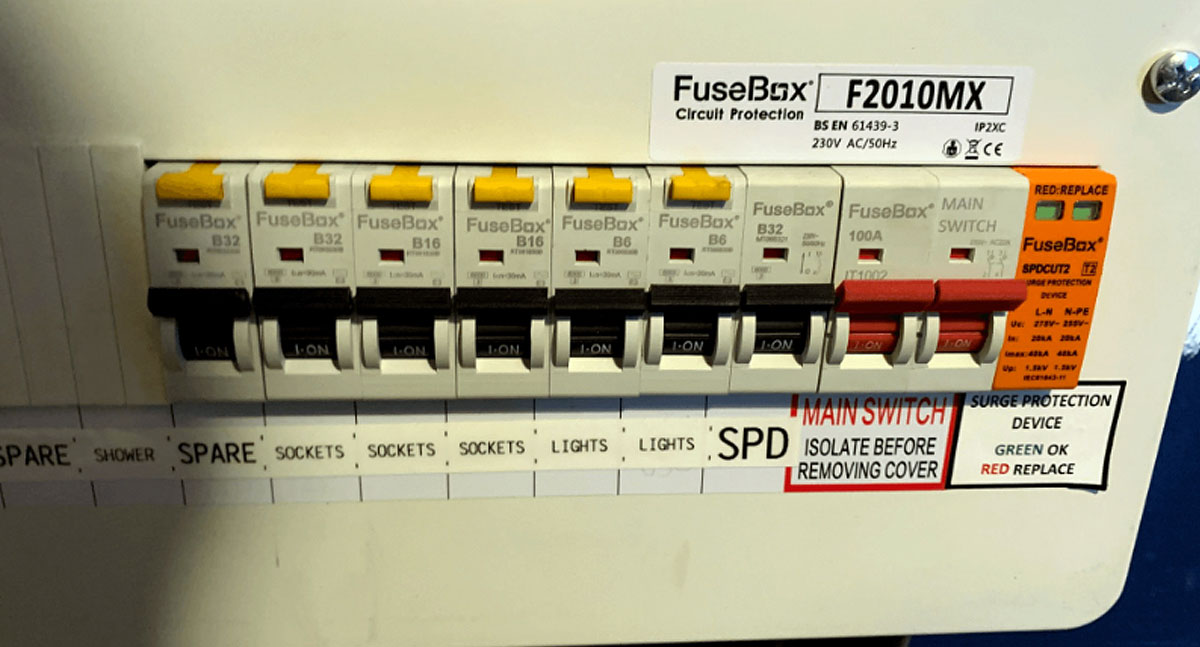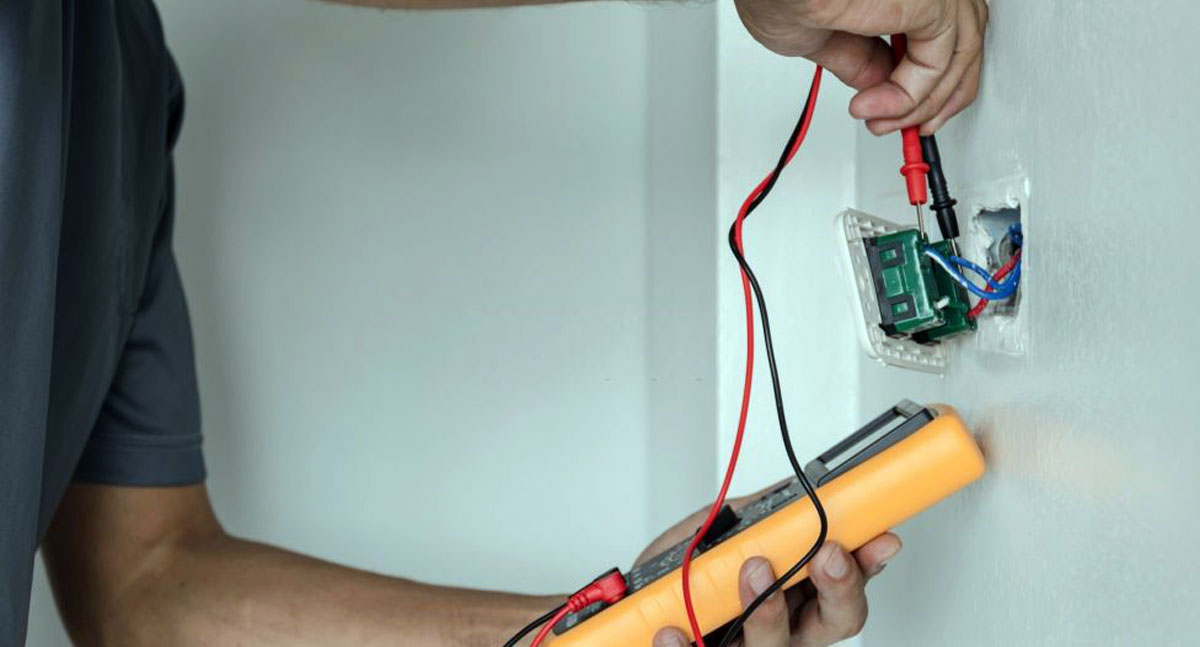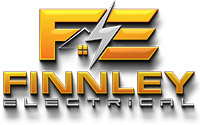Basic electrical terms and definitions should be known by everyone, not just qualified electricians when dealing with everyday tasks such as lighting, new switchboard installations, heating, and air conditioning. The most frequent electricity words are highlighted, defined, and explained in this post.
AC load: An electrical load that uses alternating current.
Active power: The portion of apparent power that is actually doing work in a circuit. It is equal to the product of the current and voltage multiplied by the power factor.
Alternating Current (AC): An electric current that reverses direction at regular intervals.
Ammeter: An instrument for measuring the current flow in amps. Ammeters are always linked in series with the circuit under examination to ensure consistent results.
Ampacity: The maximum amount of electric current a conductor or gadget can endure before breaking down immediately or progressively.
Ampere (or Amp): The unit of measure for electrical current.
Apparent power: The product of the voltage and current in an AC circuit. It is a measure of the total power being drawn from the utility company, whether or not that power is being effectively used.
Apprentice: is an employee on a learning pathway that combines paid on-the-job training and formal study with a Registered Training Organisation. Given most apprentices within Australia are juniors, it is common that they are given funny apprentice nicknames.
Capacitor: A device that stores an electric charge. It is used to hold a charge in an electrical circuit.
Capacitive load: A type of electrical load that uses capacitance, such as lighting ballasts and some types of electronic equipment.
Circuit: A circuit is a single loop of electrical flow. Your lighting, for example, is on one electrical circuit, whereas your air conditioning is on another. When electricity is flowing and has completed a circuit, it powers things (such as your light bulb). When you get an electrical shock, you do in fact complete the circuit, which is why electricians who operate on high-voltage wires don’t receive a shock.
Circuit breaker: A device that interrupts the flow of current in an electrical circuit in order to protect against overloads and short circuits.
Conductor: A material through which electric current may flow freely. Metals, such as copper and aluminium, have a low resistance level. Copper and aluminium wire are the most frequent conductors.
Conduit: The covering that electrical wires are hidden in is referred to as the conduit. When electrical wires must be outside of your house or workplace, these are used. They add another layer of protection for the wires and people nearby from harm. Electrical conduit is also used when internal access to walls isn’t possible, like on the lower floor of a two-storey house.
Current: The movement of an electric charge through a conductor. The flow of water in a pipe may be compared to an electric current. Amperes are the unit of measurement for electrical currents.
Cycle: The shift from zero volts to a positive peak, to a negative peak, and then back to zero.
Diode: A two-terminal device that allows current to flow in one direction only. When the anode is positive in relation to the cathode, diodes enable current to flow.
Direct Current (DC): An electric current that flows in one direction only.
Diversity factor: A measure of how well the loads on a system are distributed. It is the ratio of the sum of the individual loads to the maximum demand.
DC load: An electrical load that uses direct current.
Dress code: The expected attire an electrician should wear when onsite completing a job.
Electric Shock: This can occur when an individual comes into contact with an electrical current.
Electrical current: The flow of electrons through a conductor.
Electrical tape: Primarily for insulating and protecting electrical wires, sometimes used to temporarily fix cut wires.
Electrician etiquette: the polite behaviour and golden rules that should be followed by electricians when working on jobs at a customer’s location.
Electron: A tiny particle that revolves around the atom’s nucleus. It is charged negatively with electricity.
Frequency: The number of oscillations per second. The rate is measured in hertz (Hz). If a current completes one cycle every second, the frequency is 1 Hz; 60 cycles per second equals 60 Hz.
Full-load current: The amount of current required to operate a device at its rated capacity.
Fuse: A device that is used to protect against overcurrent in an electrical circuit. It consists of a strip of conductive material that melts when too much current flows through it.
Fused Spurs: Fused spurs are electrical switches that feature a separate fuse, which protects against shocks and electrical fires by breaking the connection in the event of excessive current.
Demand factor: A measure of how the loads on a system vary over time. It is the ratio of the maximum demand to the average load.
Ground: The point at which voltages are measured, the usual return path for electric current, or a direct physical link to the Earth in an electrical circuit.
Ground Fault Interrupt: This is a socket with its own built-in breaker that closes the circuit when a connection is made between the power wire and return wire to avoid electric shock.
Hertz: A unit of frequency measurement. The earlier term for cycle per second (cps) has been replaced by this term.
Home Run: To an electrician, an electrical home run is the hot feed between the electrical panel and each room/circuit in a home.
Impedance: The measure of the opposition a circuit offers to a current when a voltage is applied. Impedance adds to the notion of resistance, and it has both magnitude and phase, unlike resistance, which only has magnitude.
Inductor: An iron core is encircled by a coil of wire. The inductance is directly proportional to the number of turns in the coil.
Inductive load: A type of electrical load that uses inductance, such as motors and transformers.
Insulator: A material in which the electric current does not flow freely. Insulation materials, such as glass, rubber, air, and many polymers, have quite a high resistance. Insulators safeguard equipment and life from electricity shocks by preventing contact with live parts.
Kilowatt (kW): A unit of power equal to one thousand watts.
Kilowatt-hour (kWh): The product of kW and hours. It is equivalent to 1000 Watt-hours. If a 100W light bulb is utilized for 4 hours, 0.4 kWh of energy will be consumed (100W x 1kW / 1000 Watts). Electrical energy is sold in kilowatt-hour (kWh) units.
Kilovolt-ampere (kVA): A unit of electrical power equal to one thousand volt-amperes.
Light socket adapter: Used to convert one type of light bulb socket to another type. For example, converting incandescent to LED.
Load factor: A measure of how consistently a system is being used. It is the ratio of the average load to the maximum demand.
Master Electrician: a Master Electrician is someone who has been issued a certification from the State Government and who has undergo extensive training and testing to be classified as a ‘Master Electrician’.
Maximum demand: The greatest amount of power that is consumed in a given period of time.
Milwaukee: A popular tool manufacturer, made by the same company that owns AEG.
Negative Voltage: Measured in volts, it is the measure of electron potential or energy. More electrons become available in higher negative voltages.
Ohm: The unit of measure for electrical resistance.
Ohm’s Law: The mathematical equation that connects current, voltage, and resistance (V = IR).
Open Circuit: When a circuit is disrupted, such as by a broken wire or an open switch, cutting the current flow through the system, an open or open-circuit condition arises. It’s comparable to closing a water valve in a water network.
Parallel Circuit: An electrical circuit with numerous routes for electricity to flow. Each load is connected in a separate route, so each receives the whole circuit voltage and the overall circuit current is equal to the sum of the branch currents.
Polarity: The positive and negative ends of a magnet or electrical mechanism, such as a coil or battery, are referred to as the poles.
Power factor: A measure of how efficiently electricity is being used. It is the ratio of the active power to the apparent power.
Power factor correction: The method of restoring power by using capacitors to connect to the supply is referred to as power factor correction.
Reactive power: The portion of apparent power that is required to maintain the magnetic field in an AC circuit, but which does not work. It is equal to the product of the current and voltage divided by the power factor.
Relay: An electrical coil switch that uses a small current to control a much larger current.
Reluctance: The ability of a magnetic circuit to resist lines of force in a magnetic field.
Resistance: The opposition to the passage of an electric current. Electrical resistance is comparable to water’s friction while flowing through a pipe. Resistance is measured in ohms.
Resistive load: A type of electrical load that offers resistance to the flow of current, such as heaters and incandescent light bulbs.
Service Box: This is the main electrical panel that contains all of the fuses, as well as more contemporary circuit breakers and distributes electricity throughout your house. Every circuit in your home should begin and end here. This is also known as the service panel or fuse box, although modern ones do not have actual fuses.
Single-phase load: An electrical load that uses only one phase of the AC power supply.
Three-phase load: An electrical load that uses all three phases of the AC power supply.
Type I: The standard Australian electrical plug type.
Utilization factor: A measure of how effectively a system is being used. It is the ratio of the maximum demand to the sum of the individual loads.
Volt: The unit of measure for electrical potential difference.
Watt: The unit of measure for electrical power.
240 volt: 240 volt is the standard voltage used within Australia.
Want to know even more terms and definitions, check out the Glossary of electrical and electronics engineering on Wikipedia.



